In the third part of this series, we’re taking a look at the armoured fighting vehicles of the third major belligerent of the Western Desert Campaign – the Italian Army! While the exploits of the Italian infantry (particularly the Bersaglieri) are widely known, their armoured units also played an important role in the Axis war effort in Africa. Given that the Italians didn’t field quite such an enormous variety of armoured vehicles as the British and Germans, we’ll be including a few not-quite-a-tank entries in this list. Buckle up – it might get bumpy!
Italian armour has historically had something of a poor reputation among tank afficionados, and it must be said that many of the designs in use were somewhat outdated by the start of WWII. One of the most significant manifestations of this was the continued use by the Italian Army of tankettes (literally very, very small tanks!), when most other nations had discarded them as ineffective and impractical compared to armoured cars or larger light tanks. Nevertheless, from a modelling and wargaming perspective, this doctrine gives an Italian force a unique character on the tabletop, and so for our purposes is actually a good thing!
The primary tankette in Italian service for most of the war was the Fiat-Ansaldo Carro Veloce 33 (literally ‘fast cart’), also known as the L3/33 (and later L3/35 variant), a rather adorable little 2-man vehicle designed around the British Carden Loyd tankette. Despite being thoroughly outclassed by virtually every other armoured fighting vehicle in existence at the outbreak of the war, the L3 series formed the majority of Italian armoured vehicles at the start of the war, and were the most numerous throughout. Lightly armed, and really only protected against small-arms fire and shrapnel, they were mostly used for scouting and reconnaissance duties, with a wide variety of light weaponry being mounted. On the Bolt Action tabletop, they can prove a cheap and useful vehicle for harassing enemy infantry, and well worth taking if you plan to use plenty of footsloggers! There’s also the L3 Lf (Lanciaflamme) version, which totes a deadly flamethrower and fuel trailer, turning it into a serious battlefield threat in an instant… if it can survive long enough to get in range!
The L6/40 (‘L’ being short for Leggero or Light) was a genuine light tank as opposed to a tankette, but was obsolete by the time of its introduction in 1940. Common to many Italian tanks, it had a riveted armour construction which was prone to causing crew injuries with fragments when hit, and was equipped only with a 20mm cannon and machine gun. This was an entirely suitable level of firepower and protection for a reconnaissance vehicle (the German Panzer II is a good comparison), and its low silhouette served it well in that role. When used correctly, it was a capable vehicle, but when pressed into service against enemy armour (as it often was due to a lack of medium tanks) its deficiencies became clear and it suffered badly. In games of Bolt Action, when used for its intended purpose it can give you a great low-cost autocannon mount with the excellent Recce rule to keep it out of danger. While not particularly survivable with a Damage Value of 8+ and Vulnerable, for 95 points it fills the light tank niche nicely in any Italian force. Much like the L3, a variant exists with a turret-mounted flamethrower, and while it loses the Recce rule, a 105-point armoured flamethrower is certainly nothing to sniff at!
While much is made of the smaller Italian vehicles, there was a program in place by the start of the war to produce some effective tanks, which resulted in a pair of relatively useful designs. The first was the M11/39, inspired by the Vickers 6-Ton. This 11-ton vehicle mounted a 37mm anti-tank gun in a hull sponson with a pair of machine guns mounted in a small turret, but although originally conceived as a ‘breakthrough’ tank was only protected against 20mm fire, again of riveted construction. This left it vulnerable to even 2-pdr fire at most ranges, and this, coupled with some mechanical reliability issues led to the development of the much-improved M13/40 (to be discussed presently). Nevertheless, around a hundred M11/39s were ordered as an interim measure while the M13/40 was entering production. These equipped a pair of tank battalions, which participated in the Italian invasion of Egypt before being destroyed during the Operation Compass counterattack. Despite their lack of success historically, on the Bolt Action tabletop they can actually be surprisingly effective vehicles, with the turret-mounted machine guns capable of mowing through infantry while the light anti-tank gun can provide a nasty surprise against light vehicles.
The M13/40 was based on the chassis of the earlier M11/39 but was significantly modified to produce a much more capable tank, with a more conventional layout. Mounting thicker (but still riveted) armour and a more powerful 47mm main gun mounted in the turret rather than the hull, it formed the backbone of Italy’s most capable armoured units. While the 47mm gun was less effective than the contemporary 6-pdr, it had a well-respected high explosive shell for use against infantry and defensive positions. Production was relatively swift, but the tanks were sent to the desert without radios, which significantly hampered their combat effectiveness. This was compounded by poorly-trained crews, many of whom had received only minimal training before being sent to the front, and led to a poor overall combat record. As the desert campaign progressed, the M13/40 was recognised as being slow and underpowered, so an upgraded variant (the M14/41) was produced. While nominally medium tanks in the Italian designation system, they were in actuality much closer to the light tanks of other nations, and suffered accordingly when used against Allied M3 Grant/Lee and M4 Sherman medium tanks. As veteran Bolt Action players will know, tanks mounting numerous machine guns will always find a home in any army list, and the M13/40 brings three of them, along with the light anti-tank gun, for a mere 125 points at Regular! Granted, it still has the Slow and Vulnerable rules, but if positioned carefully can absolutely devastate enemy infantry.
The last vehicle we’ll take a look at is the Semovente 75/18 assault gun, developed on the chassis of the M13/40 to provide some much-needed heavier firepower to the Italian armoured units. Inspired by the success of the German StuG III, it mounted a 75mm mountain howitzer and significantly thicker armour than the M13/40 (but, again, the plates were still riveted!), was capable of engaging most Allied tanks with a reasonable degree of success, and can be considered one of the more successful Italian armoured vehicles of the war. Firing an effective HEAT (high explosive anti-tank) shell, it served to stiffen the resolve of the Italian tankers, but there were never enough present to significantly influence the outcome of the war in the desert. Nevertheless, the design remained capable (with progressive upgrades) throughout the war, and continued in German service as a substitute for the StuG III long after the Italian surrender. Armed with the powerful 75mm howitzer (and correspondingly larger blast template!) and with a Damage Value of 9+, the Semovente really ought to be the vehicle of choice for Italian players looking to deal some serious armoured damage in the desert!
Forward, the tanks – Avanti Savoia!
Essential Reading
All the rules required to field any of the discussed vehicles in Bolt Action can be found in the Armies of Italy and The Axis book. Additional guidance pertaining specifically to the desert warfare battles of North Africa, including bespoke theatre selectors, can be found in Campaign The Western Desert & Duel in The Sun. All three books are essential companions to those looking to replicate the feats of Italian Army forces using Bolt Action.
Get Started With Italians in Bolt Action
These Bolt Action starter armies provide a great value core to a new collection. The Italian Army & Blackshirts starter army represents soldiers of several arms of the Italian military – the regular army (the Regio Esercito) as well as specialists like the Carabinieri, Granatieri, or the fascist Camicie Nere (the Blackshirts) with their trademark black fezzes and shirts. Or plump for the highly trained marksmen and superbly fit soldiers, the Italian Bersaglieri starter army. In either case, these highly detailed plastic and metal figures will provide you with stacks of variety and options.
Each starter army contains:
- 36 multi-pose plastic Italian infantry
- 1 plastic 1/56th scale Semovente 75/18 assault gun (or can be built as an M13/40 medium tank)
- Metal figures for four HQ and three weapons teams,.
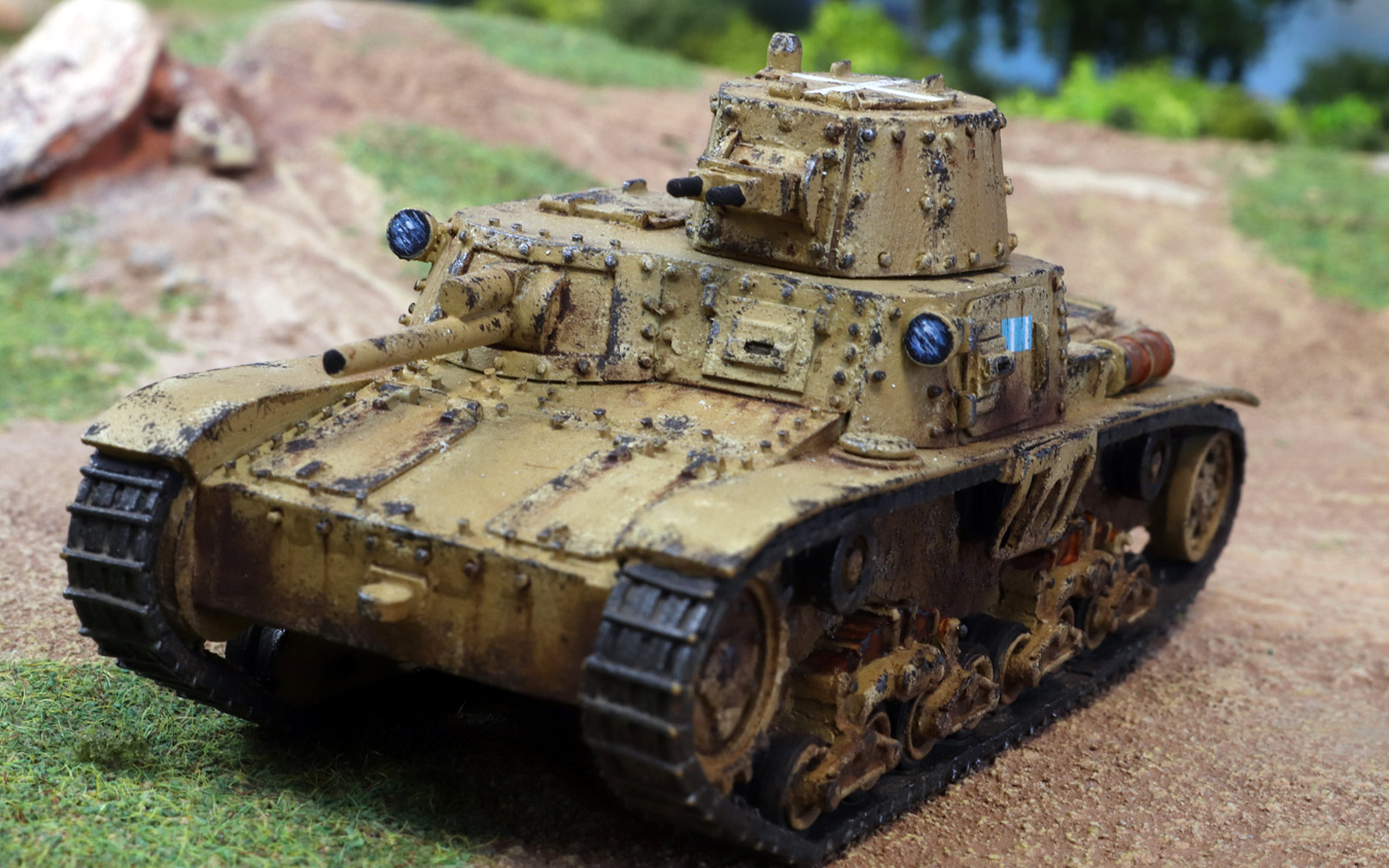
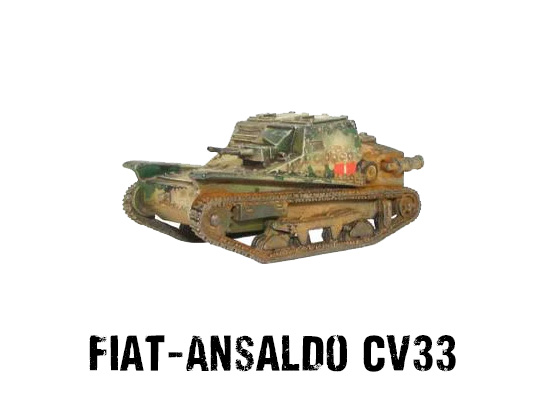
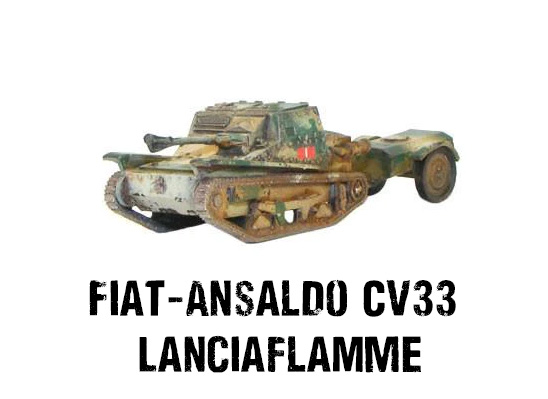
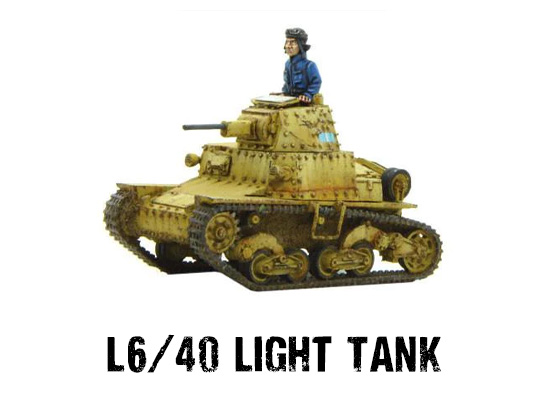
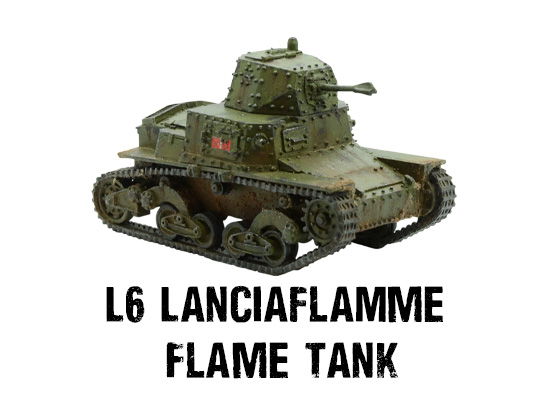
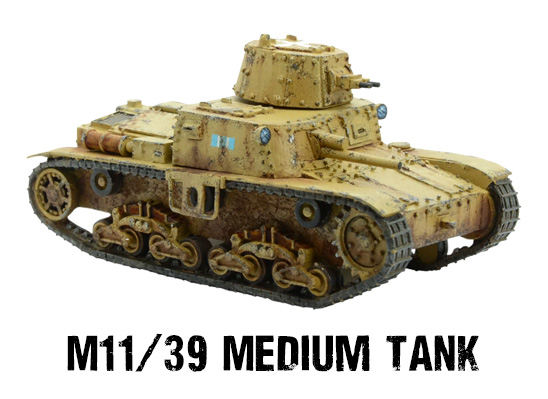
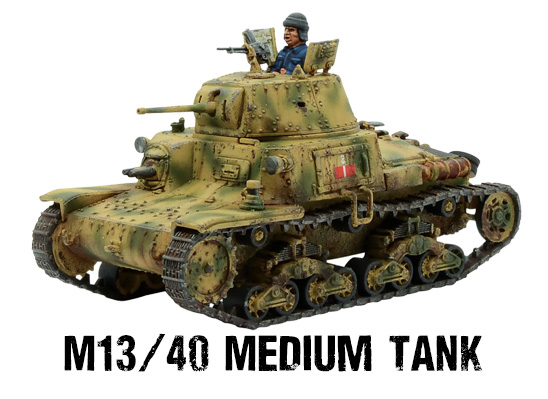
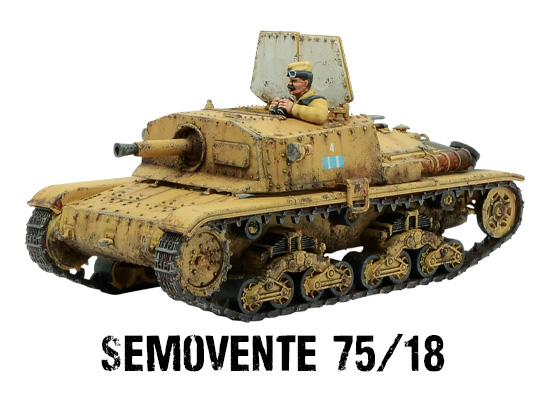
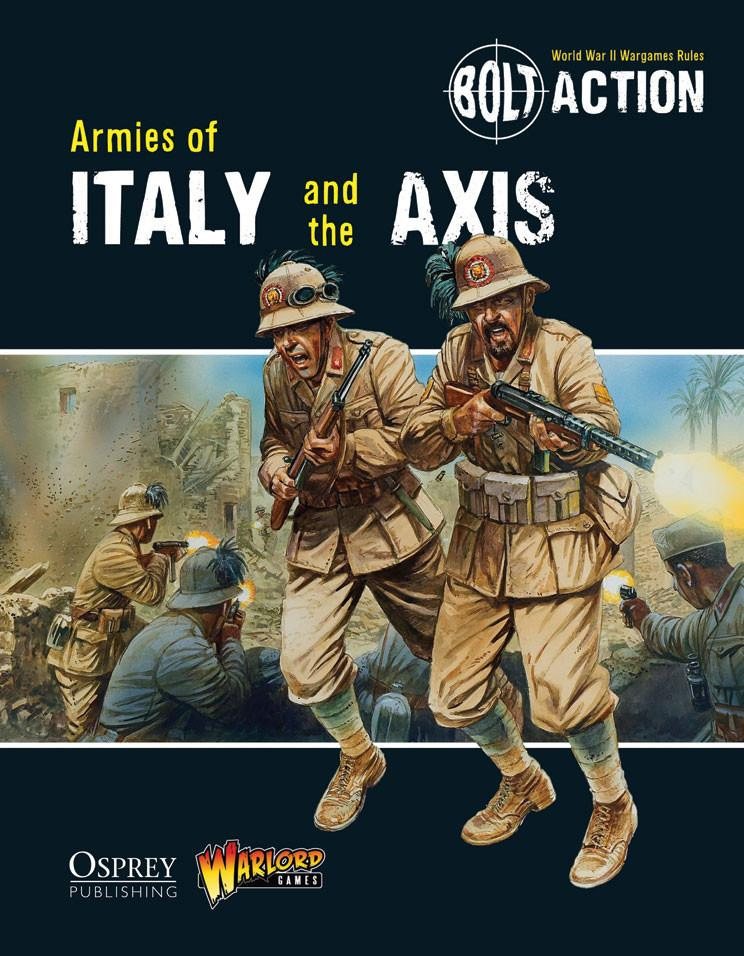
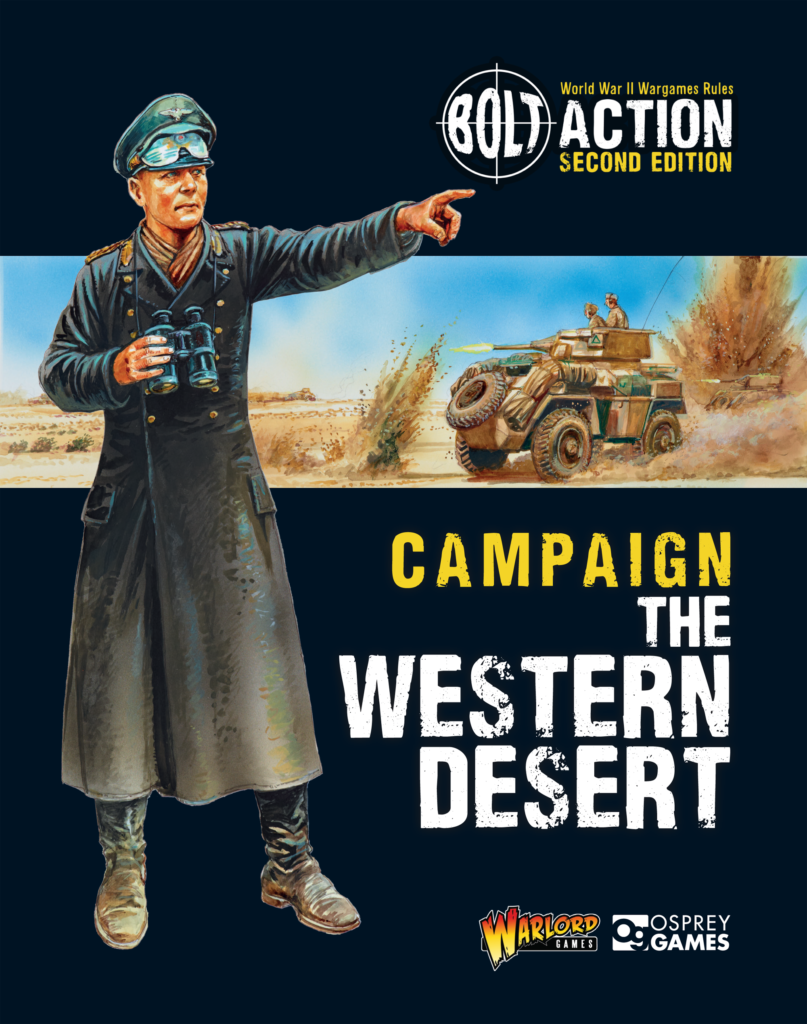
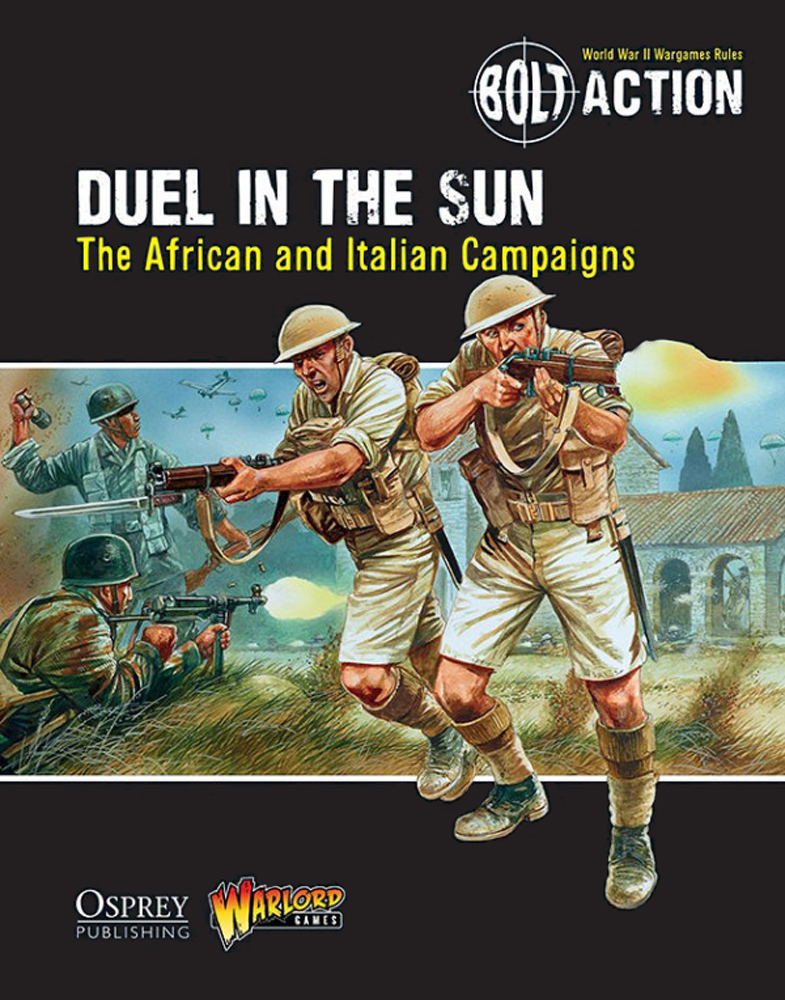
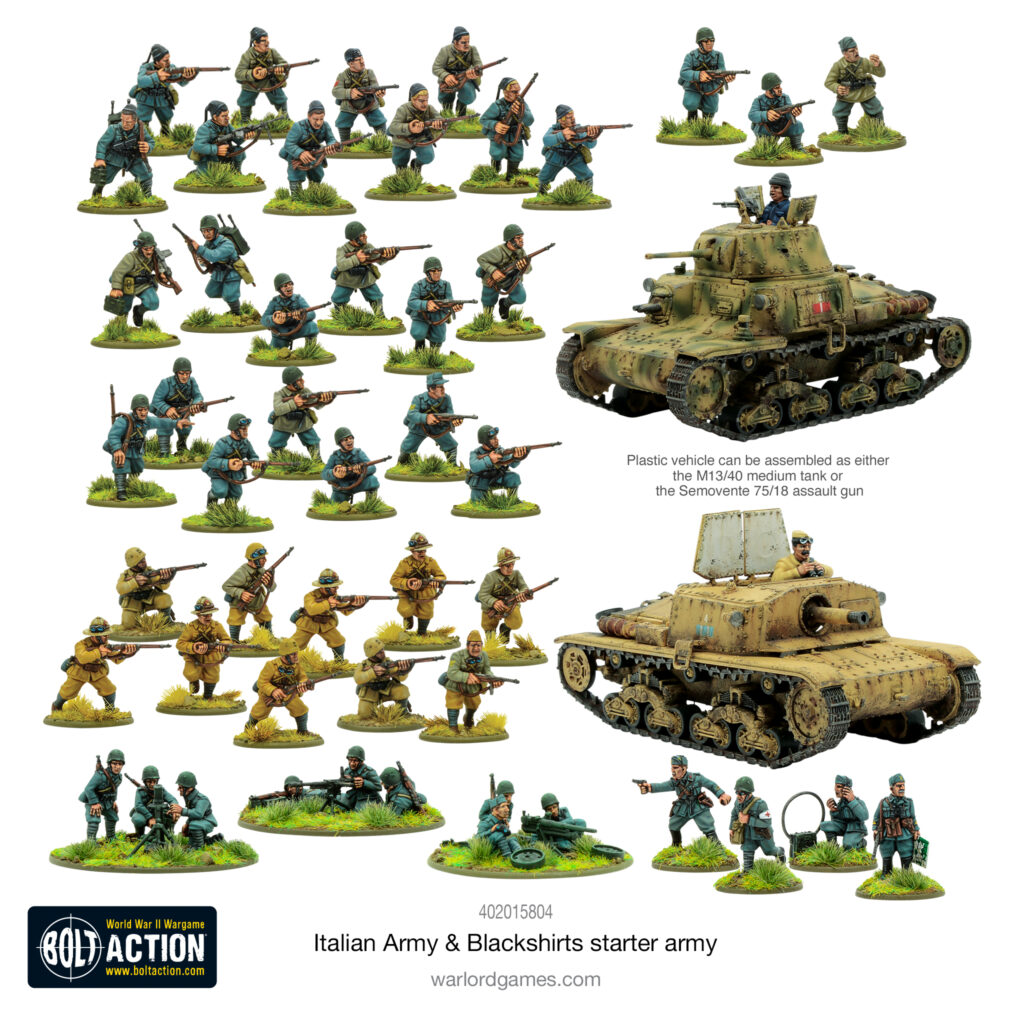
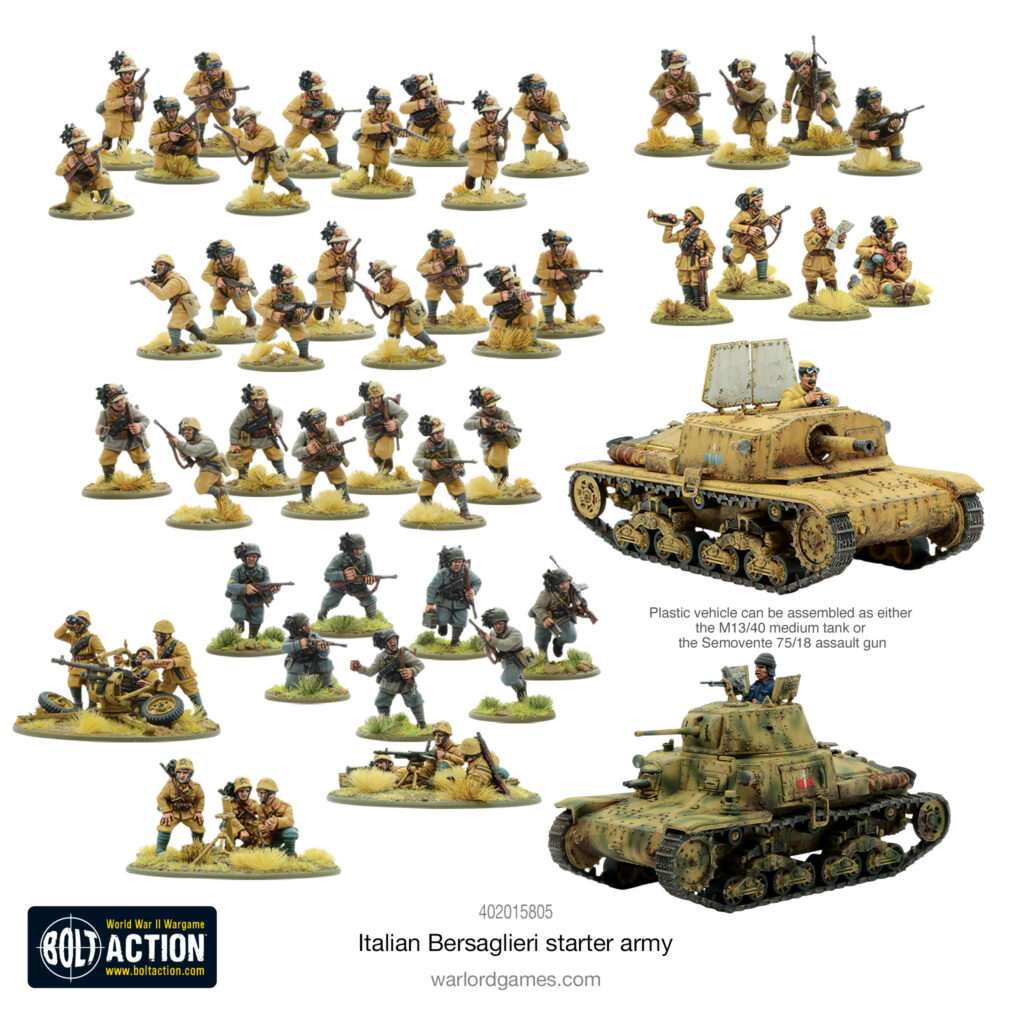
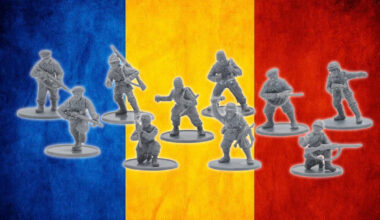
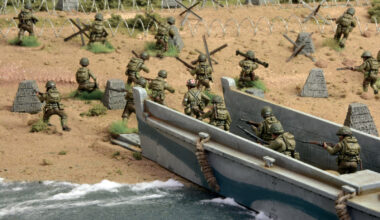
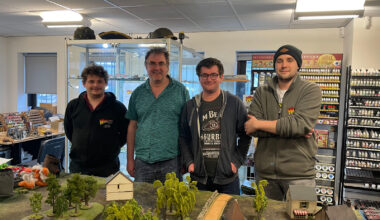
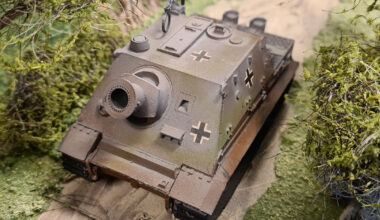
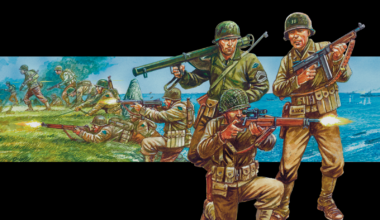
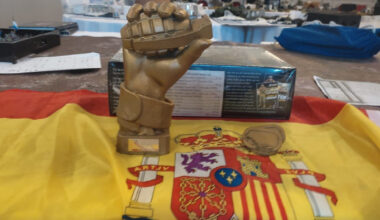
1 comment
Are there any plans to update the rules FOR the Semovente 75/18 to actually represent its HEAT shells though? Currently it still plays as if it is firing AP, instead of having the “No +1/-1″ for close range/long range firing” rule that HEAT ammunition typically gets. Adding that would certainly give the Italians a nice, and very needed, buff, instead of expecting us to house rule that.
Comments are closed.